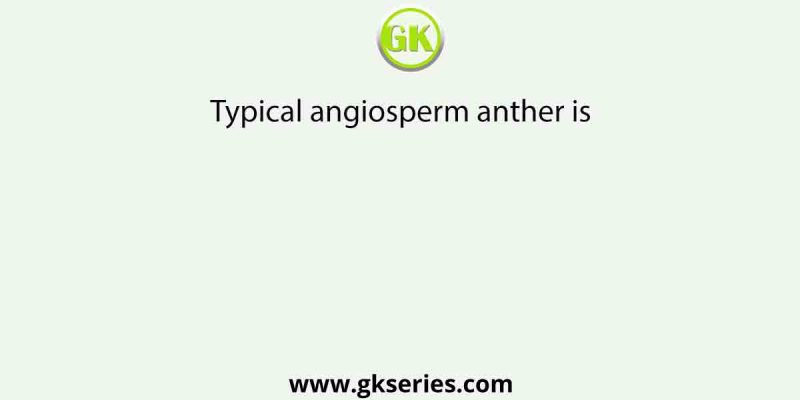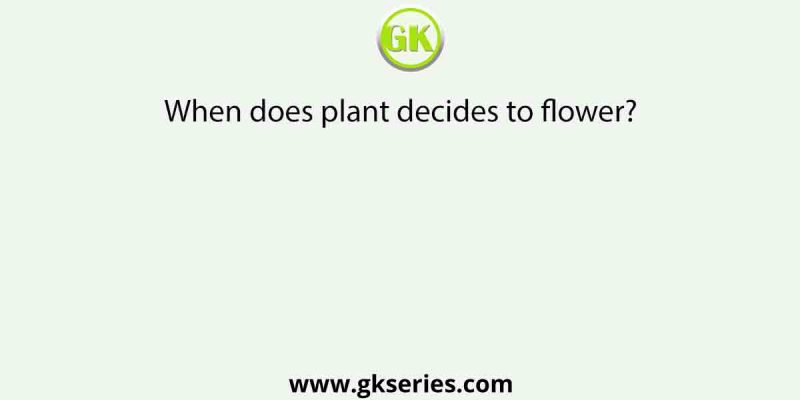
Typical angiosperm anther is Option 1 : Unilobed and dithecousOption 2 : Bilobed and dithecousOption 3 : May be both (a) and (b)Option 4 : Bilobed and tetrathecous
READ MORE +
Typical angiosperm anther is Option 1 : Unilobed and dithecousOption 2 : Bilobed and dithecousOption 3 : May be both (a) and (b)Option 4 : Bilobed and tetrathecous
READ MORE +
Stamens consists of which of the following parts? Option 1 : FilamentOption 2 : Style, stigmaOption 3 : AntherOption 4 : Both (a) and (c)
READ MORE +
The anther in transverse section appears to be Option 1 : UnilobedOption 2 : DiagonalOption 3 : TetragonalOption 4 : Mosaic
READ MORE +
Whorl of sepals in flower represents Option 1 : AndroeciumOption 2 : GynoeciumOption 3 : CalyxOption 4 : Corolla
READ MORE +
Whorl of petals in flower represents Option 1 : GynoeciumOption 2 : AndroeciumOption 3 : CalyxOption 4 : Corolla
READ MORE +
What indicates ‘A’ in the below figure? Option 1 : Pollen grainsOption 2 : Pollen sacsOption 3 : Generative cellOption 4 : Vacuoles
READ MORE +
Whorl of carpel in flower represents Option 1 : GynoeciumOption 2 : AndroeciumOption 3 : CalyxOption 4 : Corolla
READ MORE +
Whorl of stamens in flower represents Option 1 : GynoeciumOption 2 : AndroeciumOption 3 : CalyxOption 4 : Corolla
READ MORE +
The initiation and development of floral primordium takes place by Option 1 : Only by hormonal changes in plantOption 2 : Only structural changes in plantOption 3 : Changes in seasonal variationOption 4 : Both by hormonal and structural changes in plant
READ MORE +
When does plant decides to flower? Option 1 : During the appearance of flower budsOption 2 : In embryonic developmentOption 3 : Before the actual flower appear on plantOption 4 : All the above
READ MORE +